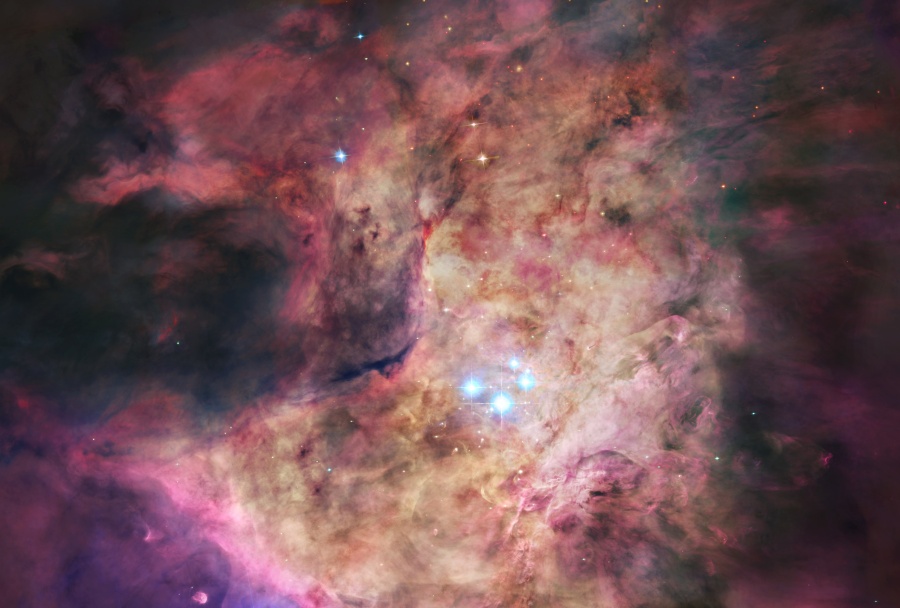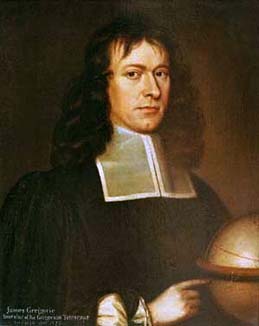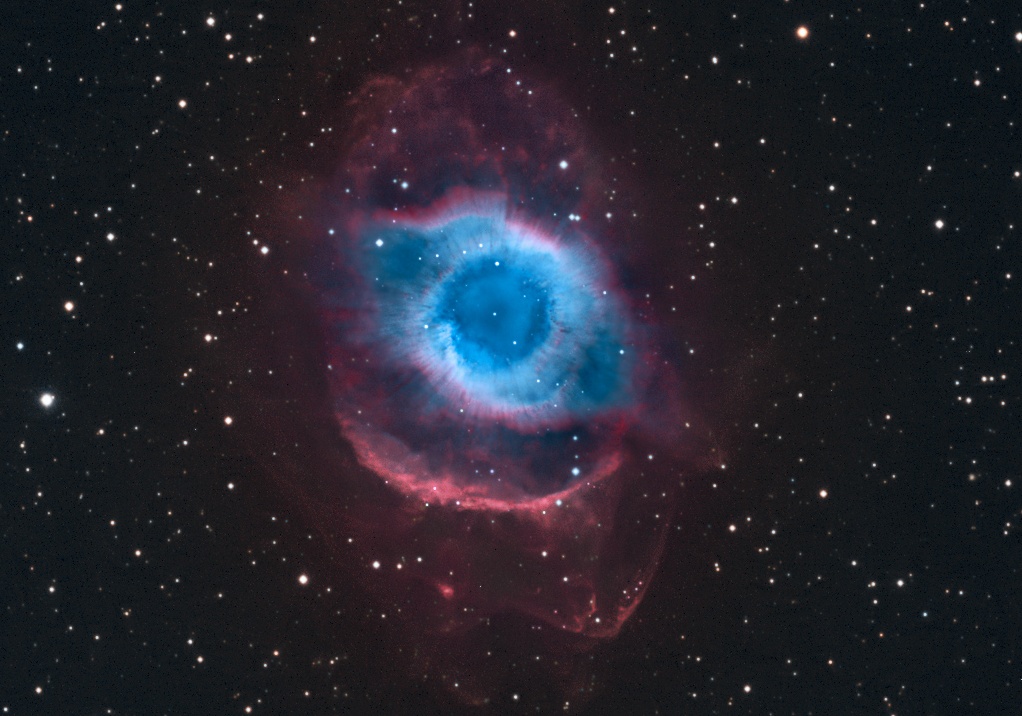This picture takes place inside of the Orion Nebula, which is approximately three-million years old. The cluster of four bright-blue stars in the center of this image is called The Trapezium. The circular shape the stars create has a radius of almost one and half light years. Recent studies lead to the idea that in its earlier years, the Orion Nebula formed a black hole that was 100 times more massive than our sun. If this study is confirmed, the Orion Nebula will house the closest black hole to Earth, which is 1500 light years away.
Sunday, October 21, 2012
Apod 1.7
This is a picture of the horsehead nebula,also known as Barnard 33, which is part of Orion. It is part of a large molecular cloud. The nebula's odd shape was first recorded in the 1800s. The dark parts of the nebula are caused by dust and the reddish glow originates from hydrogen gas that has been ionzed by the star Sigma Orionis.
Observations
Date: October 10, 2012
Time: 8:00 - 10:00 PM
Place: Blackburn Point
Sky Conditions: Clear
Instruments: Mr. Percival's Telescope, Naked eye, Binoculars
Bright Stars noted: Vega, Deneb, Altair, Thuban
Constellations noted: Cassiopeia, Hercules, Pegasus, Aquila, Scorpius
Binary Stars: Epsilon Lyrae, Albireo
Other:
The Milky Way very faintly visible
International space station was seen for about 5 minutes
Date: October 12th, 2012
Time: 9:00 - 10:00 PM
Place: Siesta Key
Sky Conditions: Clear
Instruments: Naked Eye
Bright Stars: Polaris, Altair
Constelations: Aquila, Cassiopeia, Orion
Date: October 13th, 2012
Time: 6:00 - 7:00 AM
Place: Siesta Key
Sky Conditions: Clear
Instruments: Naked Eye
Tried to get some observations in before school. Jupiter was extremely bright and easy to see. Also saw Orion's belt and Polaris. Not much else was visible because of light polution.
Date: October 15th, 2012
Time: 9:00 - 10:00 PM
Place: Siesta Key
Sky Conditions: Clear
Instruments: Naked Eye
Bright Stars: Vega, Altair, and Deneb
Constelations: Cygnus, Lyra, and Aquila
Date: October 21st, 2012
Time: 2:00 - 3:00 AM
Place: Siesta Key (Glebe Park)
Sky Conditions: Clear
Instruments: Naked Eye
Watched Orionid Meteor Shower
Was able to see Orion, Jupiter, and Orion's belt.
Time: 8:00 - 10:00 PM
Place: Blackburn Point
Sky Conditions: Clear
Instruments: Mr. Percival's Telescope, Naked eye, Binoculars
Bright Stars noted: Vega, Deneb, Altair, Thuban
Constellations noted: Cassiopeia, Hercules, Pegasus, Aquila, Scorpius
Binary Stars: Epsilon Lyrae, Albireo
Other:
The Milky Way very faintly visible
International space station was seen for about 5 minutes
Date: October 12th, 2012
Time: 9:00 - 10:00 PM
Place: Siesta Key
Sky Conditions: Clear
Instruments: Naked Eye
Bright Stars: Polaris, Altair
Constelations: Aquila, Cassiopeia, Orion
Date: October 13th, 2012
Time: 6:00 - 7:00 AM
Place: Siesta Key
Sky Conditions: Clear
Instruments: Naked Eye
Tried to get some observations in before school. Jupiter was extremely bright and easy to see. Also saw Orion's belt and Polaris. Not much else was visible because of light polution.
Date: October 15th, 2012
Time: 9:00 - 10:00 PM
Place: Siesta Key
Sky Conditions: Clear
Instruments: Naked Eye
Bright Stars: Vega, Altair, and Deneb
Constelations: Cygnus, Lyra, and Aquila
Date: October 21st, 2012
Time: 2:00 - 3:00 AM
Place: Siesta Key (Glebe Park)
Sky Conditions: Clear
Instruments: Naked Eye
Watched Orionid Meteor Shower
Was able to see Orion, Jupiter, and Orion's belt.
Friday, October 12, 2012
James Gregory
James Gregory, a citizen of Scotland, was born in 1638 and died in 1675. He was the third son of John Gregory and Janet Anderson and was born in Manse of Drumoak. In his early years, he was home schooled by his mother, who influenced his love for mathematics. He graduated from Marischal College in 1657.
During his travels to London in 1663, he met John Collins and Robert Moray, a founder of the Royal Society. In 1664, he traveled to the Venetian Republic to be taught by Stefano Angeli, a professor of philosophy. At the end of his studies in 1668, Gregory returned to London and was allowed into the Royal Society. He was the first Regius Chair of Mathematics. After working as a professor at University of St. Andres and University of Edinburgh, he met his wife, Marry Jameson.
James Gregory's biggest contribution to astronomy was definitely the Gregorian Telescope, created by Gregory in 1663. Unlike its predecessor, the refracting telescope, Gregory's reflecting telescope did not suffer from spherical aberration or chromatic aberration, IE distortion or color issues. His telescope remained a design for almost ten years until Robert Hooke, an oxford physicist, actually built the telescope. Gregory's style of reflecting telescope is not used in modern times, but it was a tremendous technological improvement during his time.
Works cited:
Chambers, Robert. "Page 536." A Biographical Dictionary of Eminent Scotsmen,. London: Blackie and Son, 1835. N. pag. Print.
"James Gregory (1638-1675)." James Gregory (1638-1675). N.p., n.d. Web. 12 Oct. 2012. <http://www-ah.st-andrews.ac.uk/mgstud/reflect/gregory.html>.
"James Gregory." Gregory Biography. N.p., n.d. Web. 28 Sept. 2012. <http://www-groups.dcs.st-and.ac.uk/history/Biographies/Gregory.html>.
"James Gregory (Scottish Mathematician and Astronomer)." Encyclopedia Britannica Online. Encyclopedia Britannica, n.d. Web. 28 Sept. 2012. <http://www.britannica.com/EBchecked/topic/245544/James-Gregory>.
Thursday, October 4, 2012
Apod 1.6
This is a picture of the star, Aquarius. It is seven hundred light years away from Earth. As this star continues to die, it produces The Helix Nebula. The bright-blue center region is three light years across. The nebula is six light years across in total.
Subscribe to:
Comments (Atom)



